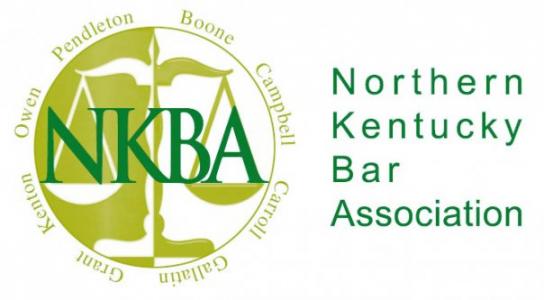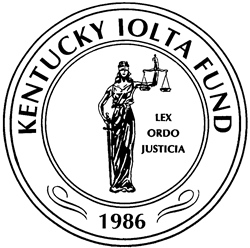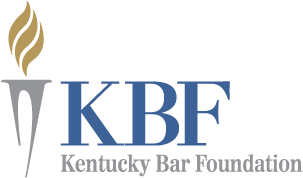Blog
Not All Is Lost: Bankruptcy, an Overview
Broadly speaking, the bankruptcy process is a federally enacted set of laws that act as a tool by which consumers in an unmanageable amount of debt (“debtors”) can access the courts to gain “a new opportunity in life and a clear field for future effort, unhampered by the pressure and discouragement of preexisting debt.”[1] Put simply, if you are in over your head with your obligations, the U.S. government has provided a structured opportunity for relief through the bankruptcy process. This blog serves to provide a brief overview of two specific types, or “Chapters” of the bankruptcy process: Chapter 7 and Chapter 13, and, importantly, debunk the misconception that debtors in bankruptcy are doomed to relinquish all their assets.[2]
Chapter 7 – Liquidation
A Chapter 7 Bankruptcy provides an individual debtor with an opportunity to “start fresh” by discharging his or her debts[3]. It is very rare that a debtor will lose any assets as a result of filing a Chapter 7. However, in order to keep a house or car that has a loan, the debtor must be current on the loan or work out an agreement with the creditor that will make the loan current. A debtor may choose to “reaffirm” his or her secured[4] debt such as a house or a vehicle. When a debtor reaffirms a debt with a creditor, they enter an agreement by which they pledge to continue to repay the debt at issue in a manner that is consistent with the loan agreement prior to filing bankruptcy. By the end of the process, the debtor receives a “discharge” of his or her debt. It should be noted that there are income caps on eligibility to file a Chapter 7 Bankruptcy. That is, if you make over a certain amount, this avenue for relief will be unavailable to you.
Notwithstanding the above, one of the pitfalls of the Chapter 7 Bankruptcy is that, especially with regard to a mortgage, if you are delinquent a creditor can apply the court to “relieve” it from the bankruptcy stay and allow that creditor to proceed with the foreclosure. If this is something that you are facing, it may be helpful to opt for a Chapter 13 Bankruptcy, described more in detail below.
Chapter 13 – Adjustment of Debts of an Individual with Regular Income
Unlike a Chapter 7, a Chapter 13 Bankruptcy can be used to catch up past due payments on a car or home loan. Further, in some circumstances a Chapter 13 reduces the balance of a car loan to the value of the vehicle. Also, it can reduce the interest rate to a market rate.
A Chapter 13 Bankruptcy accordingly offers some advantages over a Chapter 7 Bankruptcy. Chief among these advantages is that Chapter 13 is an effective stop to foreclosure proceedings in that it allows a debtor to “cure” overdue payments over the course of the bankruptcy (typically 3-5 years, but no more than 5 years). The nature of the Chapter 13 restructuring also means that a debtor can, during the life of the bankruptcy, favorably restructure payments for his debts, sometimes resulting in longer repayment windows and lower payments.
Once a debtor has successfully undergone the bankruptcy process and received a discharge for those debts not excepted or reaffirmed, he is essentially cleared of them. Creditors are barred from pursuing any collection on them and they no longer need to be repaid (hence, “discharge”). Thus, when entered into deliberately and administered intelligently, bankruptcy is not a black hole into which your financial security will disappear forever, rather, it is a consumer tool that allows honest, but hard-up people to get out from under crushing debt with their homes, livelihood, and dignity intact.
[1] Local Loan Co. v. Hunt, 292 U.S. 234, 244 (1934).
[2] To the extent so referenced, information on bankruptcy in this blog is sourced from the following: Bankruptcy, United States Courts (Apr. 12, 2021), https://www.uscourts.gov/services-forms/bankruptcy.
[3] It is important to note that not all debts are subject to discharge. Common debts not discharged include child support, certain taxes, student loans, etc.
[4] Secured debt is, essentially, debt for which the debtor has pledged some collateral.

OTSC participated in the Northern Kentucky Bar Association Pro Bono Blog Writing Campaign. This initiative provided law students with the platform to publish blog content about legal subjects while working towards their pro bono graduation requirement. Austin Baurichter is a 2L student at Northern Kentucky University Salmon P. Chase College of law. His blog provides insights into the bankruptcy process. If you have questions about stopping a wage garnishment, preventing a foreclosure, or saving your car from repossession, contact one of our bankruptcy attorneys to discuss your options.







